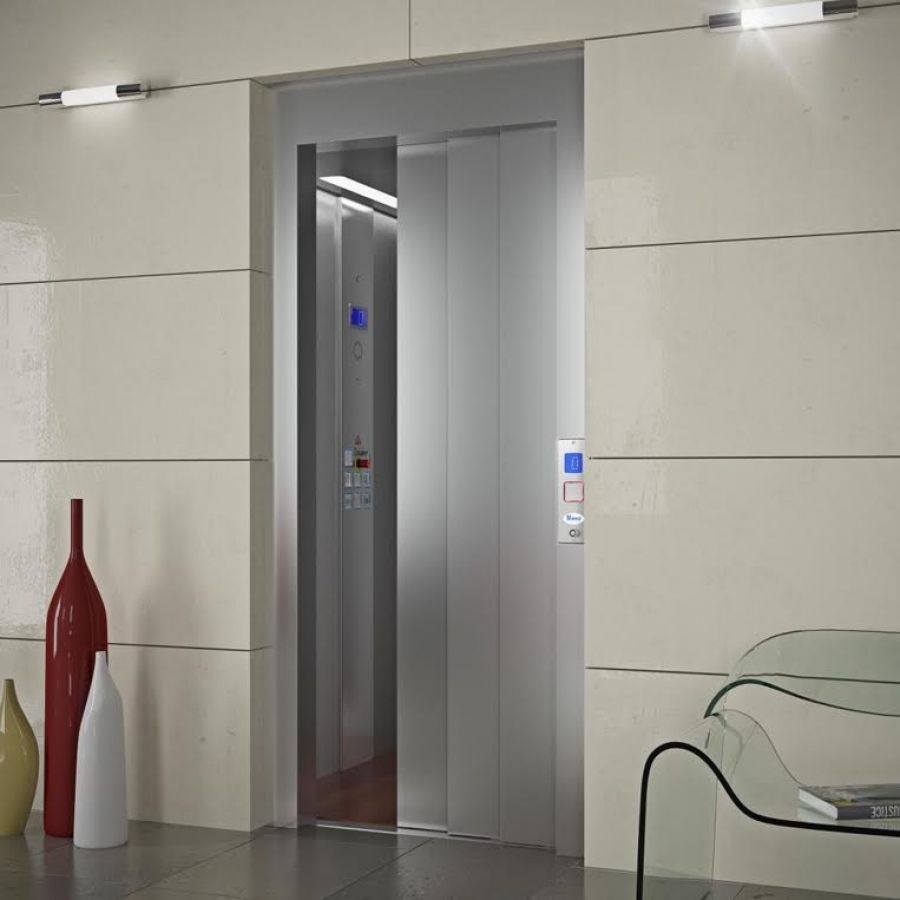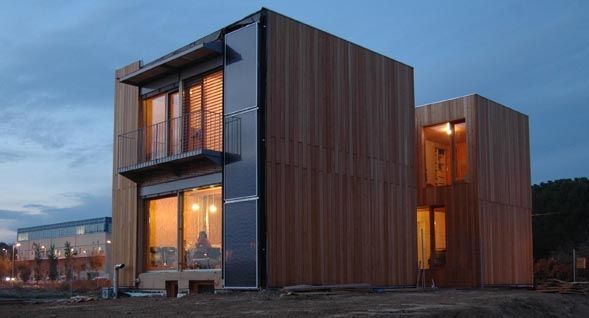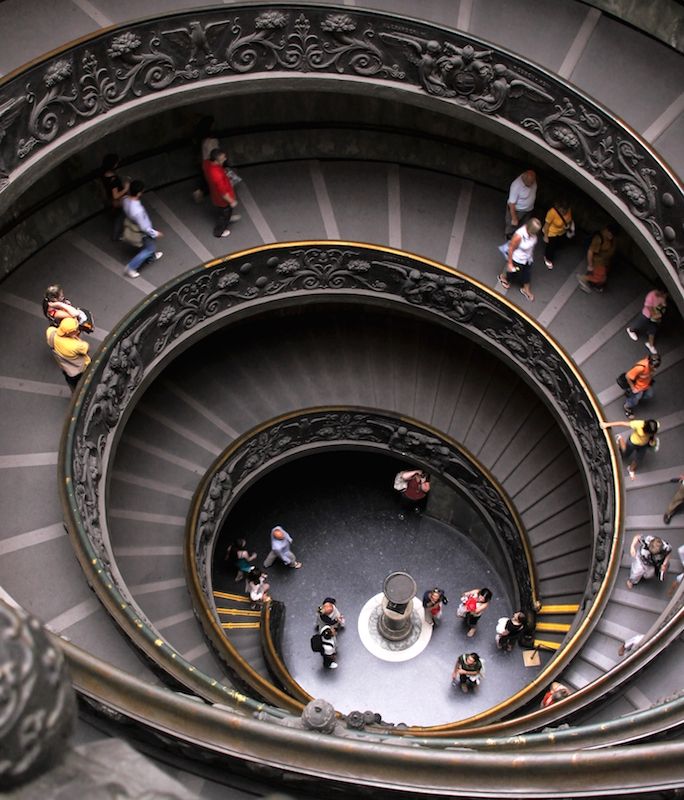Among the various social groups with which we interact daily, the family is perhaps that which is changing the most: social progress, economic dynamics, and increasingly fluid sentimental bonds are resulting in constantly changing family structures.
Due to these factors, mothers today are not always able to constantly look after their children. This is where grandparents come into play: the new pillars of the family.
The grandparents’ role
In a society where both parents work, who takes care of the children’s needs? Many couples are able to rely on grandparents.
Grandparents are usually already retired. They’ve lived full lives: they’ve worked, perhaps they’ve travelled… and they often don’t know what to do with all their free time. So taking care of a grandchild is a pleasure.
It’s not uncommon to see grandparents accompanying children to and from school, or taking them to afternoon activities. Grandmothers often spoil their grandchildren with excellent food, much to their delight!
It’s also a well-known fact that, after having been strict with their own children, grandparents tend to be more lenient with their grandchildren: guess who buys more toys?
Playing with grandchildren
Playing with grandchildren is fun for both the grandparents and the children alike.
Think of a grandfather at the park with his grandson: chasing around a lively toddler is a great way to keep in shape! Being immersed by greenery, a park is also an excellent place to take in some fresh air. While the child is occupied with the playground equipment, the grandfather can sit down on a nearby bench and read a good book.
There are also various playtime activities in which both can engage at home: for example, in order to keep their minds sharp, grandparents can teach their grandchildren how to play chess.
Grandmothers can teach their more creative grandchildren how to use seeds to create original designs. For smaller grandchildren there are numerous memory games to help them learn the alphabet, colours, numbers, animals… and much more!
Not to mention classic board games, to be played in groups. After all, who’s never played Monopoly?
When grandchildren get older, grandparents can help them develop a greater sense of civic awareness: after all, who understand the importance of reducing waste better than a Grandfather? Perhaps with the help of the internet, grandparents and grandchildren can even discover how to build creative things using recycled materials!
There’s never a dull moment
As we have seen, taking care of grandchildren can be a great way to stay youthful and active.
It gives grandparents the opportunity to rediscover the joy of playing and having fun, as if they were “kids” again: every day becomes a new discovery for everyone.
The parents can have peace of mind, while the grandparents and the grandchildren play: that’s the new balance in the Italian family!





